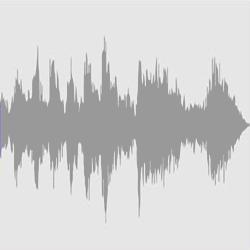Iodine-based contrast media are injected into a vein (injected intravenously, injected i.v.) and are used to enhance x-rays and CTs. CT: Computed tomography. Gadolinium-based contrast media are injected into a vein (injected intravenously, injected i.v.) and are used to enhance MRIs. MRI: Magnetic resonance imaging.
However, can patients with kidney disease also receive i.v. contrast media? In patients with kidney disease, risks associated with i.v. contrast media are not as high as commonly perceived. This is the result of a recent clinical study and two evidence-based consensus statements. The clinical study was a cohort study that included 156 028 individuals who had a CT pulmonary angiogram with i.v. contrast media. Both consensus statements were carefully done as far as I see, and are evidence-based.
The use of i.v. contrast media usually will result in higher quality x-rays, CTs, and MRIs. Not using i.v. contrast media, when a compelling clinical indication exists to do so, even in patients with kidney disease, risks either misdiagnosis or delayed diagnosis.









